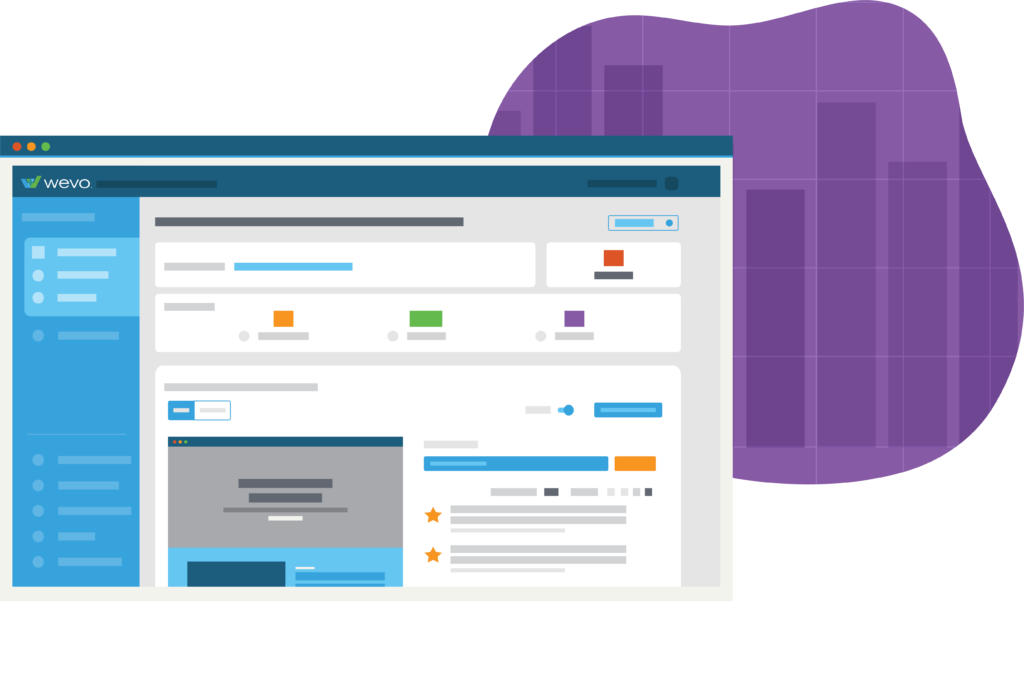Artificial Intelligence (AI) has emerged as a powerful tool. It’s sparking conversations and questions about the future of UX jobs and the role AI will play. This blog post aims to explore these questions, offering insights into whether AI will replace UX jobs and how it can assist UX professionals.
Will AI Replace UX Jobs?
The fear that AI might replace human jobs is not new, and it extends to the realm of UX design. However, understanding the unique strengths and limitations of AI is key to addressing this concern.
Complementing, Not Replacing Human Creativity
- Human-Centric Design: AI excels in processing data and identifying patterns, but it lacks the human touch necessary for creating empathetic and user-centered designs.
- Emotional Intelligence: A core component of UX design is understanding and designing for human emotions—a capability AI currently cannot replicate.
- Ethical and Cultural Contexts: Human designers consider the broader ethical, cultural, and social implications of their designs, a nuance yet to be mastered by AI.
Conclusion: AI is a Tool, Not a Replacement
The consensus among experts is that AI is unlikely to replace UX jobs entirely. Instead, it should be viewed as a powerful tool that can augment the skills of human designers.
How Can AI Help UX Professionals?
While AI might not replace UX professionals, it certainly can revolutionize how they work. Here are some ways AI can assist UX designers:
Enhancing User Research
- Data Analysis: AI can rapidly analyze large volumes of user data, uncovering insights about user behaviors and preferences that can inform design decisions.
- Predictive Analytics: AI algorithms can predict user trends, helping designers stay ahead of the curve.
Streamlining Design Processes
- Automated Prototyping: AI tools can automatically generate design prototypes based on certain parameters, speeding up the initial stages of the design process.
- A/B Testing: AI can manage and analyze A/B testing more efficiently, providing quicker insights into user preferences.
Personalized User Experiences
- Dynamic Customization: AI can tailor user experiences in real time based on individual user behavior, creating highly personalized user interfaces.
- Chatbots and Virtual Assistants: These AI-driven tools can improve user interaction, offering instant support and enhancing the overall user experience.
Accessibility Improvements
- Automated Accessibility Checks: AI can quickly identify and suggest fixes for accessibility issues in designs, ensuring more inclusive digital products.
Conclusion: AI as a Collaborative Partner
AI in UX design should be seen as a collaborative partner that enhances and streamlines the work of UX professionals. By automating routine tasks and providing deep insights, AI allows designers to focus more on creative and strategic aspects of UX design.
The Future of UX
In conclusion, the future of UX design lies in a harmonious collaboration between AI and human creativity. AI will not replace UX professionals but will empower them to create more effective, personalized, and user-friendly designs. Embracing AI in UX is not just about staying relevant; it’s about harnessing new opportunities to enhance the human aspects of design.



